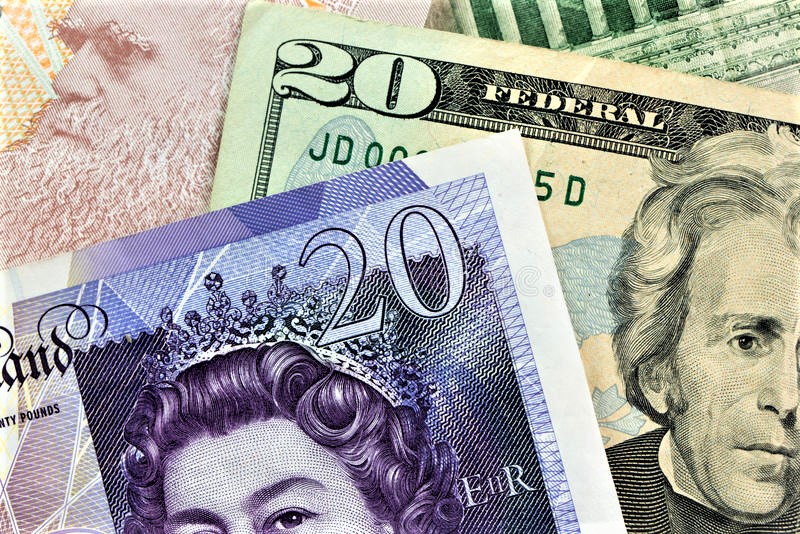Pound Sterling falls to a new six-month low following a brief retreat, as UK recession worries persist.
The Pound Sterling (GBP) fell following a downward move on Monday. And has continued to fall on Tuesday. As investors anticipate a slowdown in the United Kingdom’s economy due to economic uncertainty. The GBPUSD pair fell after S&P Global announced. That the Manufacturing PMI declined for the 14th consecutive month in September. As businesses underused their capacity, dramatically reduced inventory. And reduced their staff amid a negative demand forecast.
Investors, on the other hand Think the Bank of England (BoE) has stopped raising interest rates. After pausing its policy-tightening cycle last month to forestall recession fears? Policymaker Katherine Mann disagrees with her colleagues. As inflation shocks become more frequent, BoE Mann continues to prefer more interest rate rises. And maintains them permanently higher.
Daily Market Movers: The pound falls as the risk-aversion theme increases.
The pound sterling has retreated to a six-month low at 1.2070. As investors seek safe-haven assets amid growing concerns about a global recession.
The UK economy is struggling to deal with the implications of the Bank of England’s increased interest rates.
In September, industry activity in the United Kingdom improved modestly. S&P Global announced a Manufacturing PMI of 44.3, which was somewhat higher than expected. Former release of 44.2, although it remains below the 50.0 criteria for the 14th week in a row as enterprises continue to operate at reduced capacity owing to weakening demand.
The British Retail Consortium (BRC) announced annual retail price inflation at 6.2% on Monday. The lowest since September 2022 and lower than the 6.9% recorded in August. This suggests that consumer inflation may fall more as retail demand decreases.
Investors should keep in mind that robust labor demand and increasing food inflation were important drivers to the UK’s tenacious economic performance. inflation. The British work force has shrunk in the last two months, while food inflation has dropped from an all-time high of 19.1% to 13.6% in August.
While inflation has been gradually dropping in recent months, Bank of England policymaker Katherine Mann remains optimistic about future interest rate rises. The Bank of England’s most hawkish rate-setter stated that interest rates had just recently entered restrictive territory.
According to Bloomberg, BoE Mann also stated that policymakers are facing a “world where inflation shocks are likely to be more frequent” with faster price increases, implying that interest rates will need to be permanently higher.
On the political front in the United Kingdom, UK Finance Minister Jeremy Hunt favours freezing the size of the government workforce, followed by a reduction. This will result in a savings of one billion pounds. The attempt was made to reach an agreement with his own party’s employees, who are strongly in favor of tax reduction.
The risk-off market sentiment boosts the US Dollar’s attractiveness.
Market sentiment is pessimistic, as European and Asian economies anticipate a decline owing to weak demand.
The risk-off market sentiment boosts the US Dollar’s attractiveness. Propelling the US Dollar Index (DXY) to a new 10-month high of 107.21.
Following a strong improvement in the September US Manufacturing PMI report. Investors raced to the US Dollar. The Institute of Supply Management (ISM) recorded manufacturing activity. At 49.0, compared to predictions of 47.7 and a reading of 47.6 in August.
Despite a robust comeback, the Manufacturing PMI failed to rise beyond the 50.0 level. Indicating that contraction in manufacturing has occurred.









